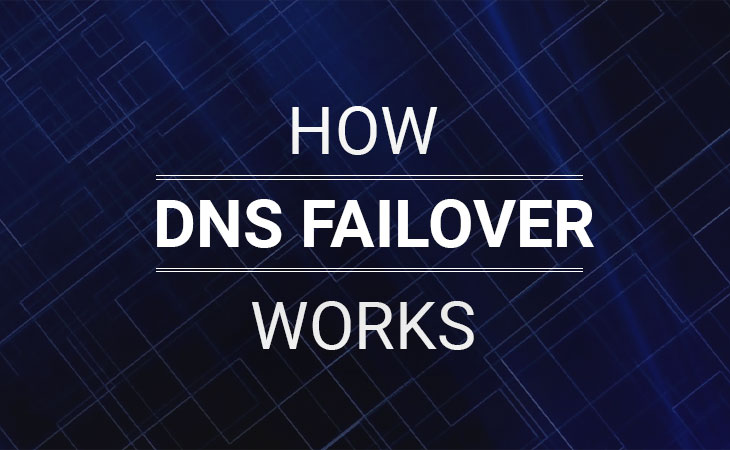Take Your Business Sky High with .Cloud Domains
Cloud-friendly businesses will be able to show off their affinities with the launch of special new .cloud domains, which have gone on general sale. The new domains are already in hot demand, with businesses including Ubuntu, Weebly, Odin and ePages among the first to sign up from the 70 plus registrars selling them, including the likes of GoDaddy and 1&1.
The launch of .cloud domains first began back in November as part of the availability of a whole range of new web address options. The initial Priority Registration phase saw more than 2000 orders for .cloud domains and close to 200 domain names receiving multiple requests, which will now be assigned through auctions, with registrars offering domains for between $20 and $25. Hopefully they will not be exaggerated by price rises that have affected other areas of the web.
Back in November, Nominet, the company in charge of the .UK domain registry, announced that the wholesale price for .UK domains (including .uk, .co.uk, .org.uk and .me.uk addresses) will be rising from £2.50 per year to £3.75 per year from March 1 2016.
The increase is needed to combat rising administrative costs and help Nominet provide a ‘first-class service’ for owners of .UK domains.










